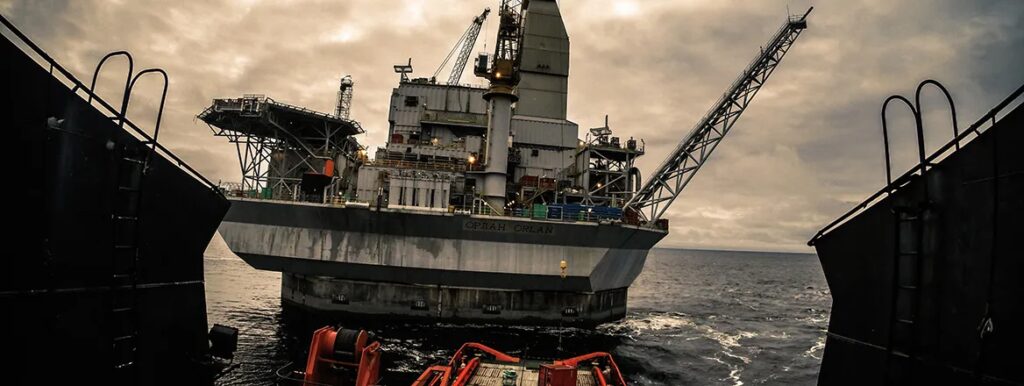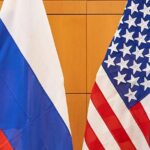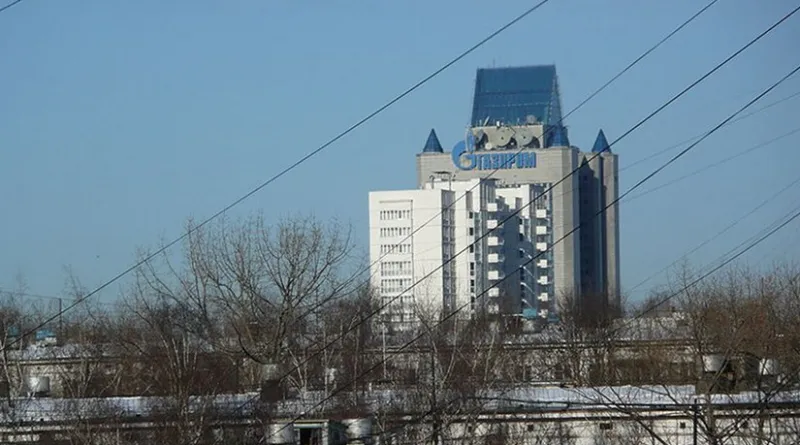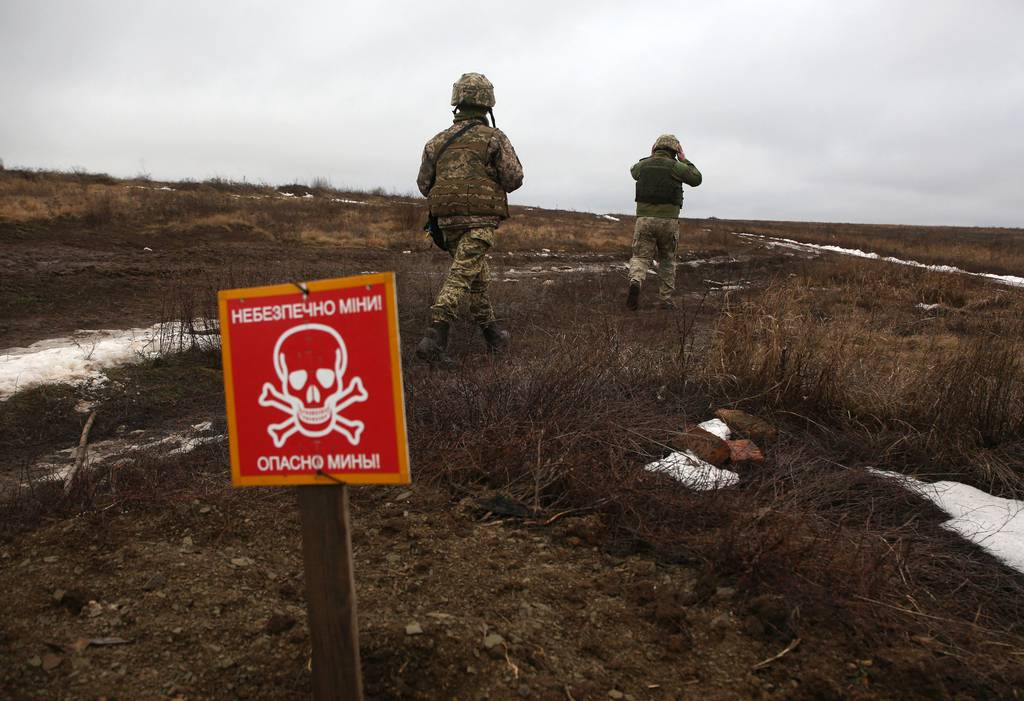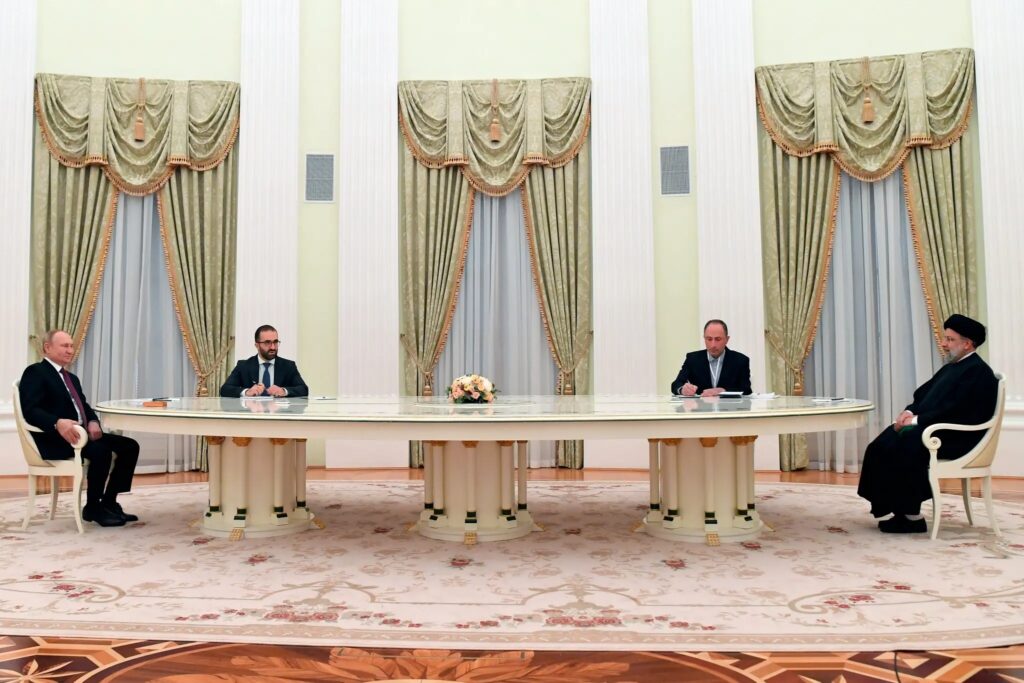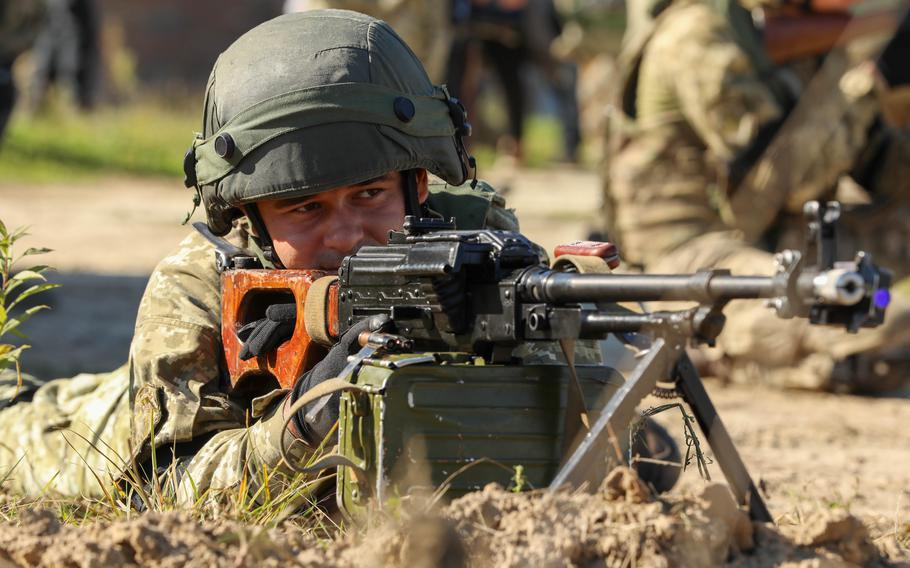Who’s Willing to Fight Over Ukraine?

Defence researchers have been experimenting with quantum technologies for decades, with some results and capabilities proving more promising than others. The question is not whether quantum will proliferate the defence world, but when and to what extent. Norbert Neumann investigates what quantum computing and sensing mean for militaries.

